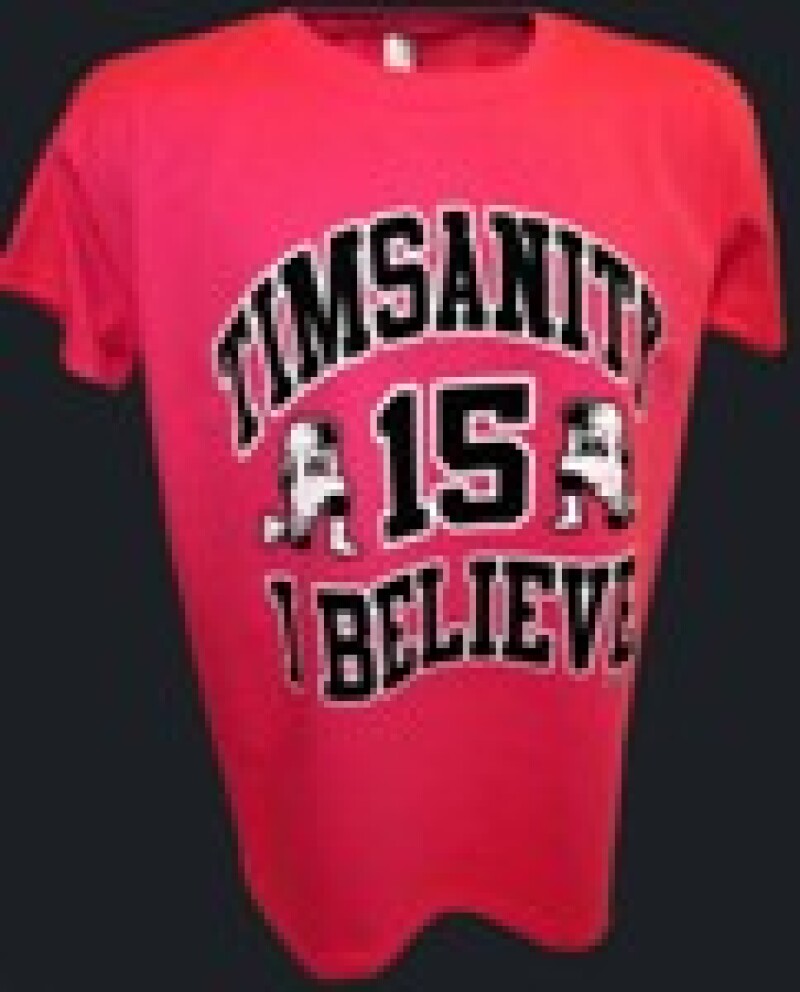Tebowmania! Linsanity! In the past year, we have all seen the headlines. Jeremy Lin, of course, had the Linsanity moniker thrust upon him as he had a breakout season with basketball’s New York Knicks. Meanwhile, Tim Tebow watched the Tebowmania name morph into Timsanity as he led a series of comeback wins for US football’s Denver Broncos and caught the imagination of New York after being traded to the New York Jets. While these examples are taken from the world of sports, they present a universal lesson – if you are not developing your own brand, a brand is already being assigned to you by others.

Intellectual property lawyers are experts at managing complex portfolios of patents, copyrights, and trade marks and counselling clients regarding the protection and enforcement of these assets. While IP lawyers spend years perfecting their professional skills, however, they often either ignore their personal brand or allow it to be controlled by others. Just as Jeremy Lin was not the first person to file a trade mark application for Linsanity and Tim Tebow was not the first person to apply for the Tebowmania trade mark, these lawyers often miss out on opportunities for promotions or new business. These opportunities often arise unexpectedly and require immediate action. In order to be ready for these moments in life, personal brands need to be developed using a few simple tools.
Articulate
The first step in developing a personal brand is to articulate your individual brand. Just as corporations often perform intellectual property audits to determine if their portfolios are being properly used, maintained and protected, individuals need to conduct a similar analysis of their personal skills and qualities.
As part of an intellectual property audit, attorneys will review a company’s registrations, products and services, packaging, web site,

In a similar way, during an audit of a personal brand, we should ask questions such as: 1) What am I good at?; 2) What do I love?; and 3) Who cares? Make a list of your key talents and any newly acquired skills. Identify your passions, interests and loves. Then, connect the two lists. How can you use your key talents in an area for which you care passionately. This is a time to think big! As Daniel Burnham, the famous urban planner for Chicago and Washington DC once said: “Make no little plans. They have no magic to stir men's blood and probably will not themselves be realised.” With that in mind, answer the question of who cares? to either identify how the market (for example, your boss or your clients) will appreciate your skills and passions or to identify a new market.
Brag
Once you develop a personal brand, it is time to brag about your skills and passions. Stated more professionally, bragging can also be described as developing your brand message or your elevator pitch.
Without a prepared brand message, we are often reduced to answering the questions “what’s new?” or “how’s it going?” with awkward responses like “nothing” or “fine, and you?”. We might even part company with a thrilling “have a good one!”. When used in a conversation with a boss or potential client, this completely forgettable chit-chat is a missed opportunity to brag and promote your personal brand.
Drafting your brag is a simple exercise. Once you know your unique talents and passions, it should be easy to come up with a list of interesting things to talk about. Think about what work you perform and what problems you solve. Has your organisation changed or been in the news? Who do you work for, how do you do it, and why is it compelling? Describe your industry and any new best practices. Finally, don’t forget about any positive reviews or accomplishments. Remember, telling someone that you are in charge of converting your office to a paperless docketing system and are saving the company thousands of dollars is much more interesting and memorable than “nothing much, what’s new with you?”.
Communicate
The final step in building a personal brand is communicating that brand to your target market. In other words, you need to find an outlet to make sure that your brag is getting to the right people.
Lawyers generally express their personal brands and deliver on their brand promises through the spoken or written word. Every e-mail to a client, every office action response, every brief, every blog post, every article, every speech, and every phone call is an expression of a lawyer’s work quality, reputation and brand. Furthermore, just as the value of real estate comes from “location, location, location”, the value of a lawyer’s spoken and written word comes from the “location, location, location” of that message.
Where are your customers, clients, and superiors getting information about you? Certainly every lawyer builds up a reputation and a brand during every direct encounter with a client or boss, but that is typically not frequent enough to be top of mind when the next opportunity presents itself. Therefore, sophisticated personal branders will also utilise other outlets to control their brand message.
Traditionally, attorneys have looked for speaking opportunities at conferences or as adjunct professors and submitted written works for publication in law journals and newspapers. Today, exciting new opportunities exist, as the smart and consistent use of social media can leverage and enhance a personal brand. Speeches can easily be recorded at your desk, uploaded to YouTube and delivered through social media. Meanwhile, written work can be made available to the world in a matter of moments through company websites, blogs, or other social media platforms.

Regardless of what outlet is used, make the ABCs of personal branding a priority today so that you are ready for the moment of opportunity when the equivalent of Tebowmania or Linsanity strikes your brand.
James McCarthy is a partner at McDonnell Boehnen Hulbert & Berghoff in Chicago.











